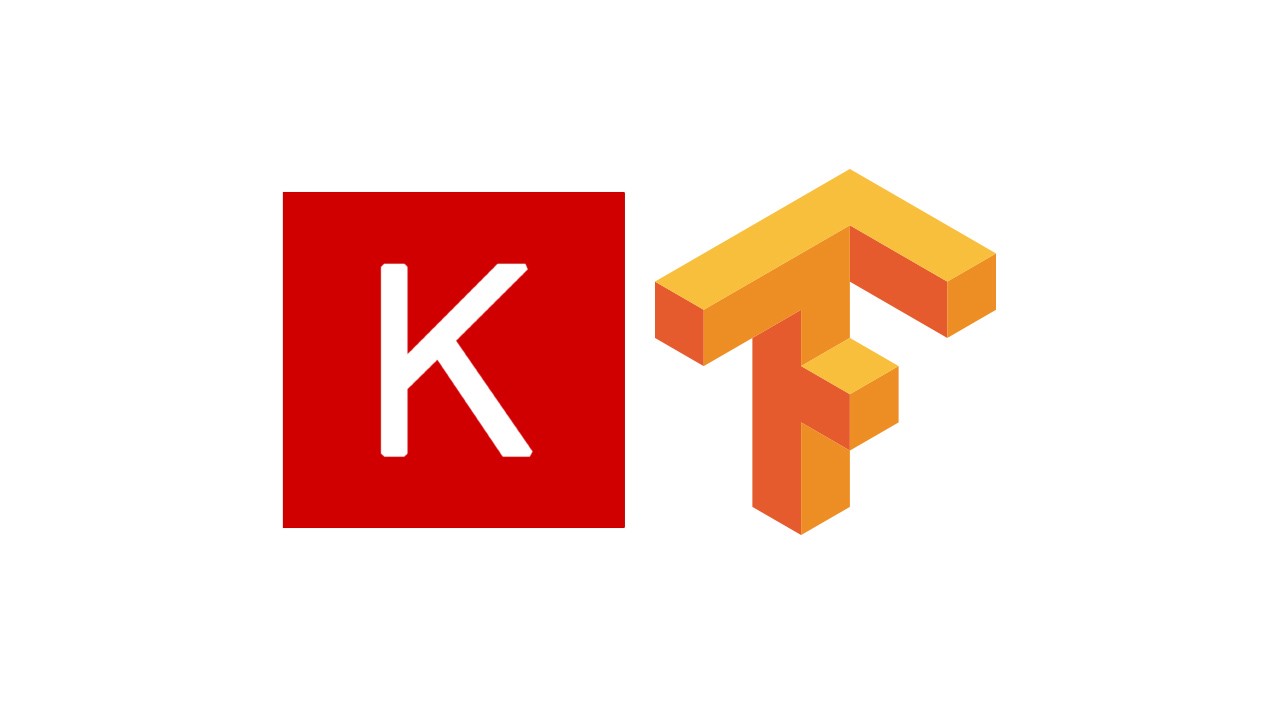经典卷积架构:AlexNet
AlexNet
在2012年的Imagenet竞赛中,AlexNet以低于第二名10.8个百分点的top-5错误率赢得了冠军,自此以后,基于CNN的图像分类算法开始流行起来,深度学习时代到来了。

AlexNet的网络结构如上图所示。相比于之前的LeNet-5,AlexNet堆叠了更多的卷积块,从而网络更深。同时,它还引入了Dropout的技巧,以及ReLU激活函数等。
在AlexNet刚被提出时,受限于当时的算力,作者采用了多个GPU进行训练。而随着技术的发展,现在的算力已经可以在单卡上训练AlexNet了,且显存绰绰有余。
更多细节,将在代码实现中体现。
PyTorch 实现AlexNet
代码实现时,去除了现在已经很少被使用的LRN(局部响应归一化);并且将最后一个池化层由最大池化改为自适应平均池化,这种池化方法可以将不同尺寸的输入图片固定到特定尺寸,于是就可以固定住该池化层后面紧挨着的第一个全连接层的参数(最后一个池化层到第一个全连接之间有一个flatten操作,由于池化层输出的尺寸是固定的,因此flatten后再输入到这个全连接层的神经元个数也是固定的),使用起来更加方便。
1 | import torch |
测试一下:
可以看到,对于输入的3*224*224的图片,经过AlexNet后,得到了1000维的向量。
那这中间的shape变化情况是怎么样的呢?我们可以看一下:
1 | all_layers=nn.ModuleList() |
输出信息便是shape每经过一层后的变化情况,如下:
参考:








